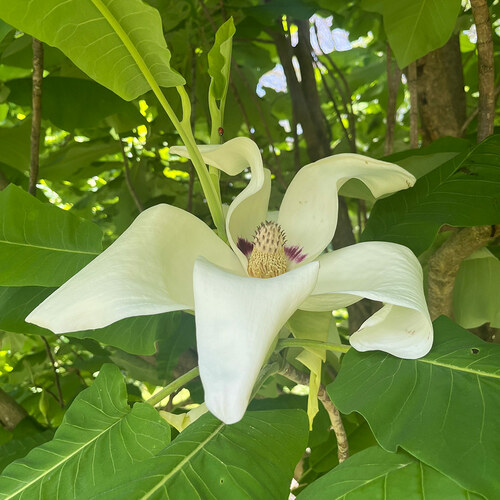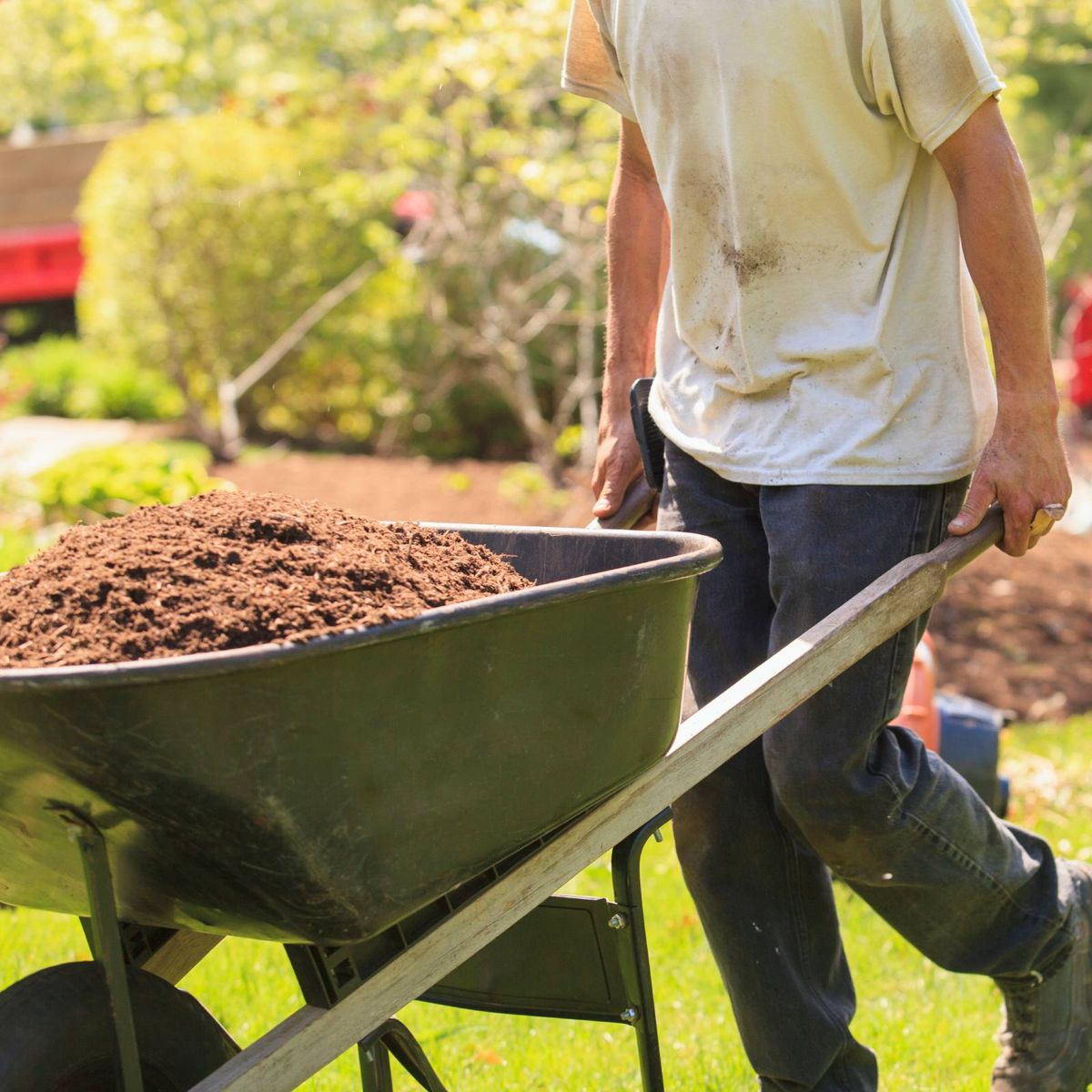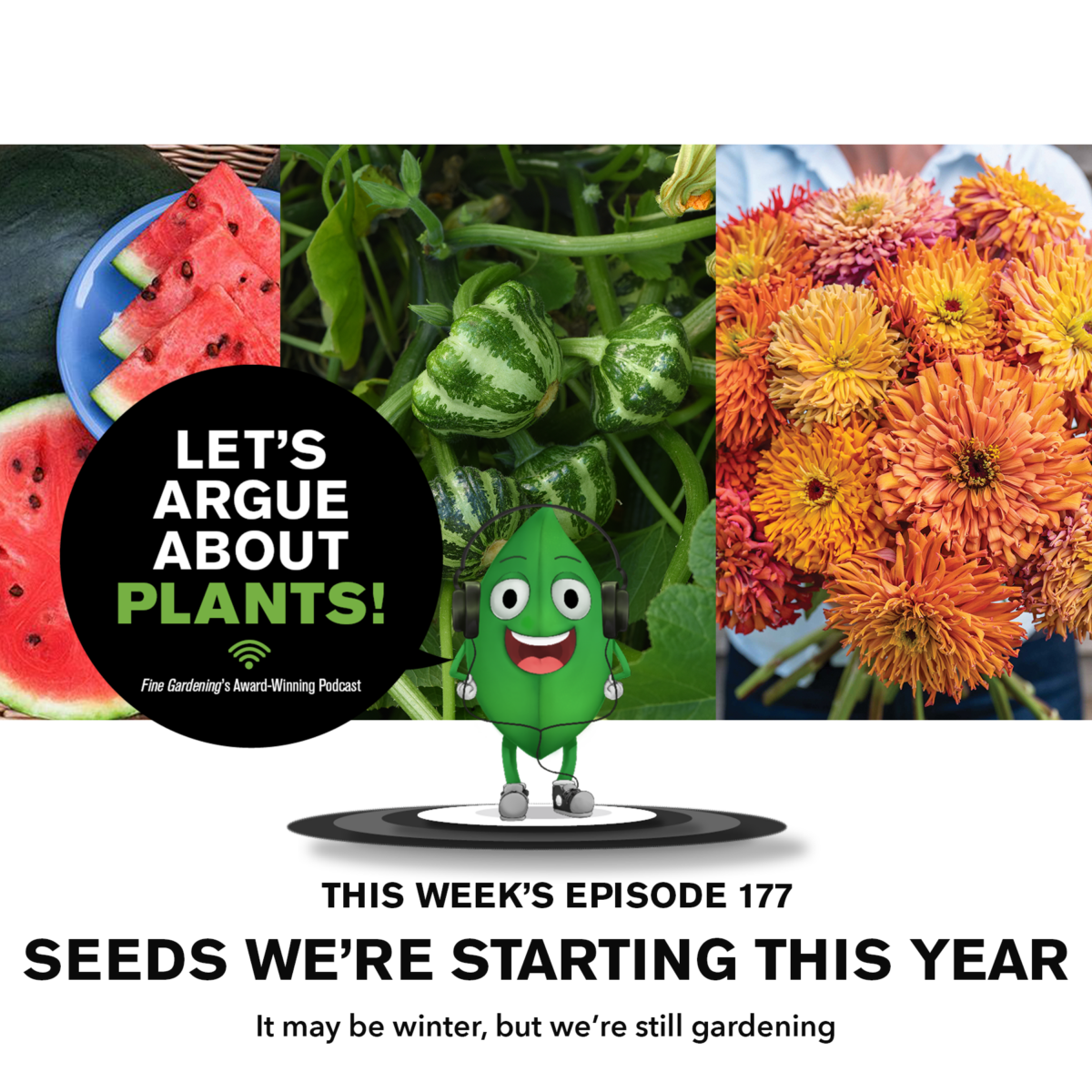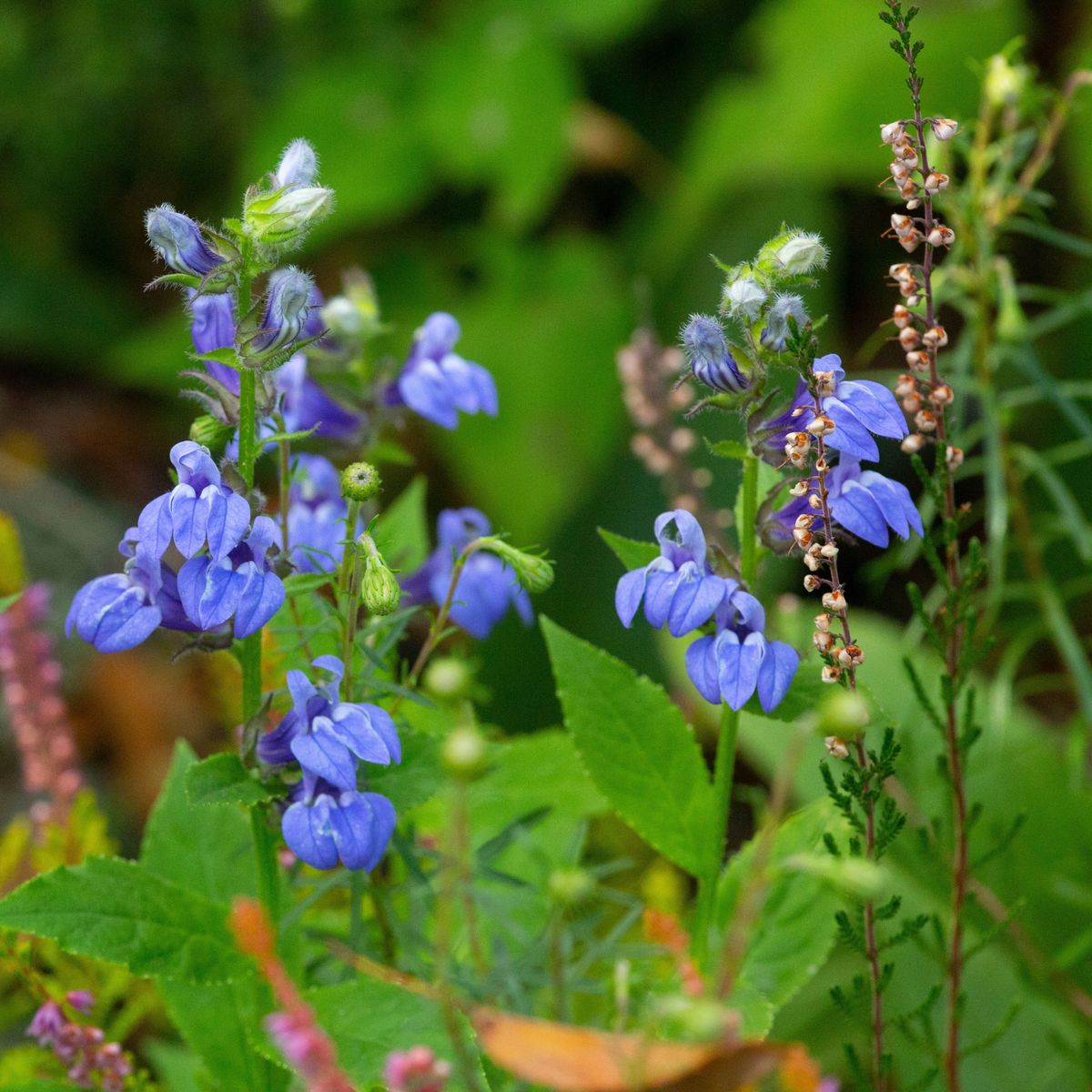Hostas are beautiful perennials that have gained a lot of popularity due to their shade tolerance. However, where there are big plants, there are often significant pests, and deer are a common threat to many gardens.
Do dear eat hostas? How resistant are they, and what can you do if one of your plants is lunch or attacked?
Do Deer Eat Hostas?
Unfortunately, deer are known to eat hostas and can do some severe damage. The good news is several ways to reduce the risk of deer going after your hostas.
The Truth About Resistant Plants
You’ll often see plants listed as “deer resistant,” but what does this mean? Let’s use dog kibble as an analogy.
Which would you pick if you had a choice between dry dog food and a nice chicken salad?
Deer prefer more tender plants, so anything with thorns or thorny branches won’t be their first choice. Some plants also taste pretty terrible. Thus, a deer will choose something tender and tasty over a deer-resistant plant any day.
But what happens if that dog kibble was the only thing available?
Given no easy alternative, would you choose to eat the dog food, or would you prefer to starve?
It doesn’t matter how terrible something might taste or how unattractive it is; when there’s no alternative due to drought, frost, or other conditions, a deer will eat just about anything.
Why are Hostas Attractive to Deer?
Deer don’t like strong-smelling plants and will always go for plants with little fragrance.
The root system is shallow enough to allow a deer to rip the plant right out of the ground, making it easier to harvest. Even more remarkable is that the leaves are tender and plentiful, and this foliage is perhaps the biggest draw for deer.
Hosta Damage Caused by Deer
Unfortunately, deer find hostas rather attractive food sources and aren’t very gentle when they decide to munch on one. Their jaws are strong enough to yank the stems off, and they’ll then munch on the branches and leaves.
If your hosta is in bloom, they’ll also snack on the flowers. The aftermath can be pretty brutal, with torn stems and broken branches. But fear not; this isn’t necessarily the end.
Can Hostas Recover from Deer Attacks?
The good news is that your hostas can bounce back, although they can use a little help.
Get some sharp, sterile pruning shears and cut any damaged stems back to the ground. You will see new growth within a few months if done early in the growing season.
However, you might not see this new growth until the following spring if it’s late in the growing season.
Ways To Keep Deer From Your Hostas
So what can you do to keep deer from trying to eat your hostas (or the rest of your garden, for that matter)?
Thankfully, there are some great methods you can use that will have some success on their own but can be highly effective when done together.
Here are some valuable tricks to keep deer and many other larger pests away from your hostas.
Companion Planting
One of the most visually attractive and practical options is companion planting.
This process involves adding plants to your garden space that have similar care needs as the hostas but are also far less attractive to deer. Strong-scented plants are perfect, and kitchen herbs such as mint, sage, or thyme can all be quite effective.
If you’d rather have more visual appeal, consider the whimsical world of ornamental alliums. These plants look like they came straight out of a Dr. Seuss book and have a garlic or onion scent that won’t bother most people but is overpowering to a deer’s sensitive nose.
Fencing With Angles
This is one of the most effective methods but may also be limited by local ordinances.
For a vertical fence to be fully effective, you will need to build one 10′ to 12′ feet tall. This is due to how high a deer can jump when it wants to get somewhere. Alternatively, you can use two shorter fences with the inner one placed 2 to 3′ feet away from the outer wall.
The tops of these fences should be angled to discourage the deer further.
A third option is to use a shorter fence but angle the wall by 60° degrees Fahrenheit. The angle can confuse deer, making it far less likely they’ll attempt the jump.
Scare Tactics
The third option is to use various tactics designed to scare deer away.
These tactics won’t always work in more urban settings where deer are used to people but can be great allies in more rural areas.
- Motion-activated lights are a popular choice, and if they’re set to not remain on for too long, they can scare off a deer without attracting moths or other bugs that might also try to attack your garden.
- Deer chasers are a traditional method that works pretty well and can be quite soothing, but a deer will eventually get used to it.
- Alternatively, you could use wind chimes or metallic strips to scare deer – as long as a breeze comes to the rescue.
Of course, no method is without its drawbacks, and there are many more devices out there besides the ones we’ve just mentioned, so be sure to shop around for one that best suits your circumstances.
Season The Salad
One last method can be pretty effective against both large and small garden pests, although you will want to use it at dusk or dawn to avoid potential damage to the foliage.
We’re talking about homemade repellent sprays.
- Fill a spray bottle with water and the strong-smelling herb or spice of your choice. Cayenne and garlic are two popular options.
- Shake well and spritz your hostas with the mixture.
- Any deer that manages to ignore the smell will get a nasty surprise when they take a bite.
Of course, this is the most basic form of homemade repellent, and there are plenty of recipes for more complex ones.
They’re cheap and effective, but remember to reapply every few days or after it rains.












